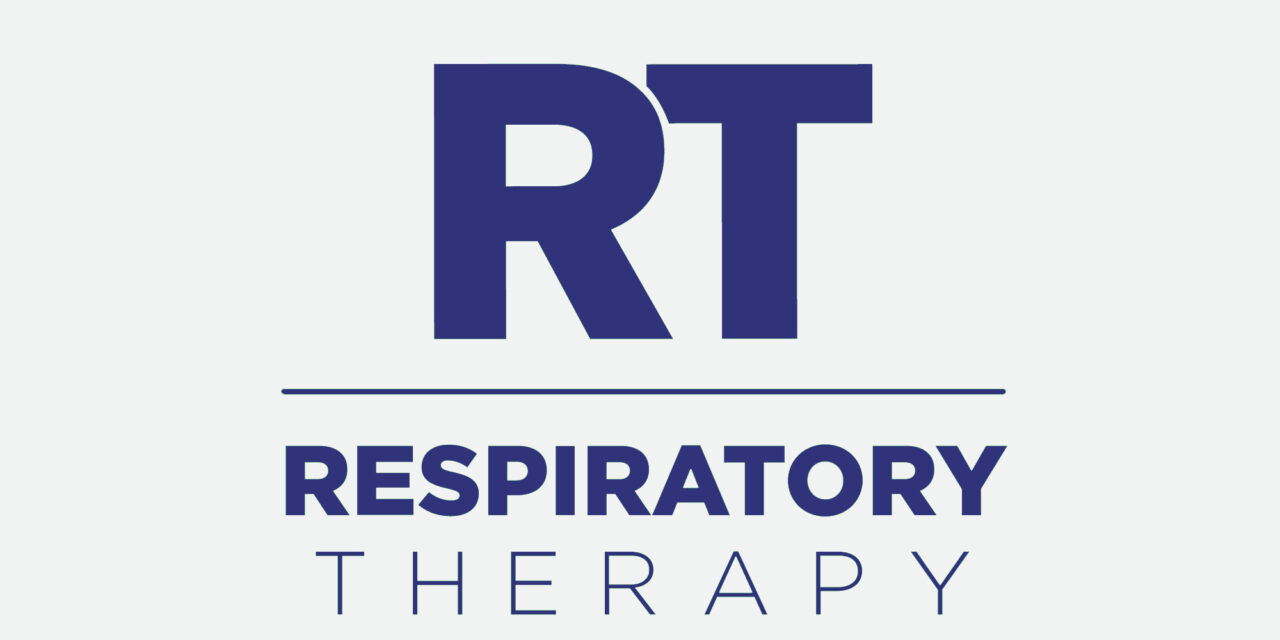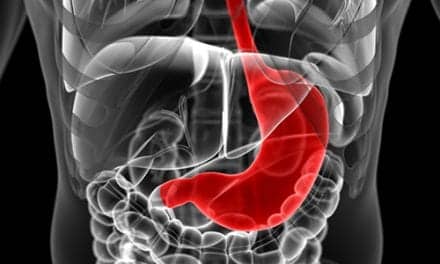CHOC has developed innovative technology for transporting critically ill patients.
By Stephen Krcmar
During the 1990s, research on high frequency ventilation (HFV) was being conducted across the nation. Children’s Hospital of Orange County (CHOC) in California was an integral part of the fact gathering and added its own data on HFV to the growing pool of information. During these years, nitric oxide was also being studied domestically. CHOC was part of the team that was working to gain US Food and Drug Administration approval for the therapeutic gas.
What doctors and RTs did with this information made news and earned CHOC nationwide recognition as well as a patent. It is also indicative of the progressive thinking that typifies the institution.
Dan Villareal, Jr, RRT, RCP, was a clinical educator in the 1990s. He and his clinical coordinator realized that the FDA approval of nitric oxide and HFV was imminent. They asked themselves one question: What will happen to patients from other centers when they have to be transported from one hospital to another?
The American Academy of Pediatrics recommends that when patients are transferred from one location to another, the level of care should be maintained. Utilizing new technology that is created for in-hospital use during transportation is difficult, because equipment that will fit in an intensive care unit will often be too large to fit into an ambulance.
Portable HFV Becomes a Reality
Villareal and the clinical coordinator did some digging to find a smaller ventilator that was appropriate for transport. Although none had been produced for domestic sale, they found a unit that was marketed internationally. The vendor agreed to give them a loaner, and soon they were testing the unit inside CHOC. When it performed well, they tested it in a transport vehicle.
It worked well there also, and CHOC became the first facility in the nation to use HFV in transporting critically ill children. Then, they added nitric oxide to the mix with similar results.
“Now we have the whole system that we need in the ambulance. It can take care of any kids out there who need that type of therapy,” says Villareal. “The patent came in while we were putting all of this together. Sometimes other centers don’t have that therapeutic device, so we bring ours with us. So here we are, picking up a patient on high frequency who also needs nitric oxide, and we can do all of that in our transport system. What we’re really delivering is a similar level of care and sometimes even a better level of care while we’re going back to our facility. That’s the kind of service we provide.”
Using nitric oxide in transport was one of many firsts for the facility. The not-for-profit institution was the first children’s hospital in Orange County when it opened in 1964. It is the only West Coast facility—and one of four in the nation—to receive a training grant from the National Heart, Lung, and Blood Institute. It is one of five facilities worldwide to receive a NIH teaching grant to share findings with international researchers.
The cooperative environment that exists between the RT department and the staff physicians is one of the factors that help this institution stay among the avant-garde.
“[The physicians] are so supportive of the RT department, it’s unbelievable,” says Villareal. “[The RT department] has credibility that was built up over the years. We have an almost collegial relationship, especially on rounds; we do interact with the doctors and converse with them on patients’ goals for that particular day.”
CHOC physicians are also responsive to ideas from RTs. Sure, they will tell the RTs if they disagree with their opinion, but they will also recognize a good idea. The ability to think creatively serves an RT department that serves a young population.
CHOC RTs Meet Challenges
When asked about challenges he and his colleagues face, Villareal says, “The biggest challenge for us [is communicating] with our pediatric population. Adults are capable of communicating how they feel,” Villareal says. “Working with kids, you’re relying on your knowledge of their disease process to ensure that you will be able to provide the quality of care that’s asked from you.”
To prepare their respiratory therapists for dealing with upset children, CHOC provides pain diversion classes for their staff members and residents. As the name suggests, the instruction teaches RTs to get the patient to think about something other than their own discomfort.
When faced with the task of involving patients in treatment, the therapists will often take a page from Tom Sawyer’s playbook and try to make the task fun for the child. For example, during treatment that involves an aerosol mask, the RT will play up the similarity between the appearance of the mask and the face of a dragon before asking the child to put on the device. This makes wearing the slightly scary headgear more appealing and provides a transition to the next step: asking the patient to exhale deeply, which they call “making the dragon blow smoke.”
The second biggest challenge the RT department faces is staffing. As of January 2006, there were 65 staff members in the department; 80% of them were full-time employees. Ideally, Villareal says, they would have eight more full-timers.
The department has been understaffed for more than a year. Villareal says that this puts a lot of stress on staff because they have to work a lot harder and take on additional services.
To recruit and retain RCPs, the hospital started a 5-month pediatric residency program as well as a precept mentorship program. The response has been positive, and the program has provided the majority of CHOC’s recruits. The programs give potential staffers the opportunity to get a look at life inside the hospital and the chance to see CHOC’s mission in action.
To further boost recruitment, for 1 month from November to December 2005, the hospital offered a $10,000 bonus for any CHOC associate who referred an RCP. “Trying to find a pediatric therapist is so hard,” Villareal says. “I don’t think we had a person who utilized the referral bonus: that’s how hard it is [to find qualified people.]”
Villareal had always wanted to work in pediatrics. Originally, he had planned on attending medical school. Then a friend of his father spoke to him about CHOC and its innovative background. That piqued his interest.
He then did some clinical work at CHOC and was impressed with how much the staff cared for the kids and their families. The supportive environment that encouraged RTs to get involved in the care of the patients was also attractive to him. This inspired him to want to work there, and he now has a 20-year history with the hospital.
Currently, the hospital has 192 beds and 500 physicians on staff and an average of 150 pediatric patients at any one time. Patient stays average about 3 days, and services range from the pediatric, neonatal, and cardiovascular intensive care units to the neuroscience unit, oncology, and the oncology intensive care unit.
“The most exciting thing right now is the growth of our hospital,” says Villareal. “We’re building out the sixth floor.”
The new floor will add 35 beds to the CVICU and PICU. CHOC is also planning on building another tower that will be finished in 2012.
CHOC comprises two state-of-the-art hospitals in Orange and Mission Viejo as well as several community clinics. In 2003, CHOC was recognized by CHILD magazine as one of America’s best children’s hospitals and was the only hospital in California to make the list.
The hospital also has an extracorporeal membrane oxygenation (ECMO) program with a history that dates back more than a quarter of a century. Not only are there ECMO units in the hospital, but also in the transportation vehicles. Since CHOC is not a transplant center, the staff often has to transport patients to different institutions.
“The RT department here is super. You are here for the kids. It’s what makes this a unique department,” says Villareal.
RT
Stephen Krcmar is a staff writer for RT. For more information, contact [email protected].









